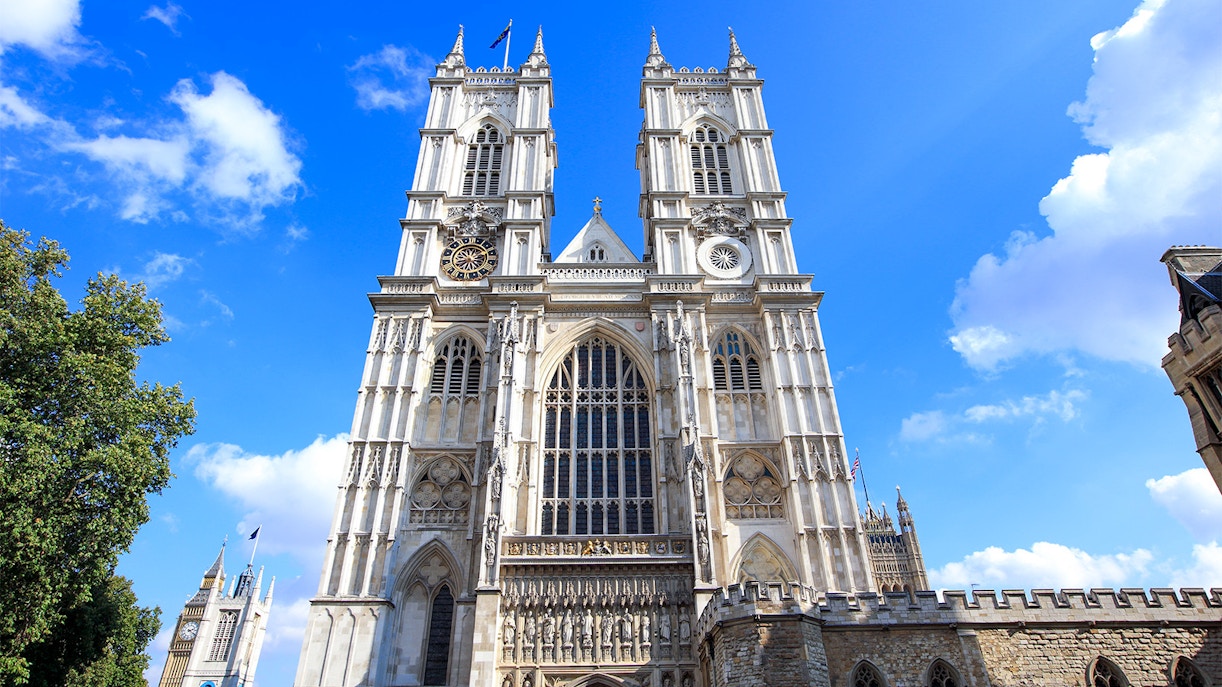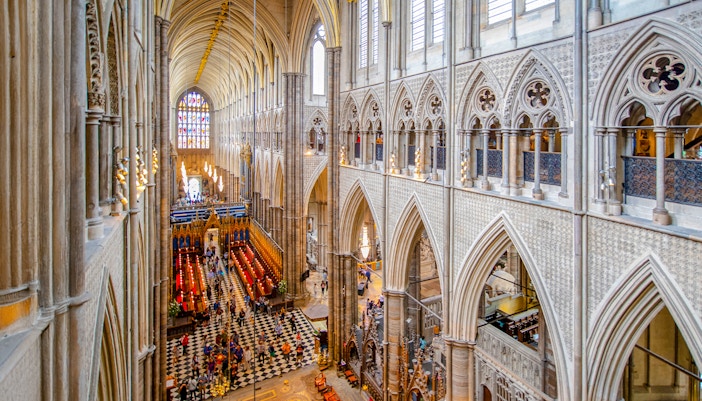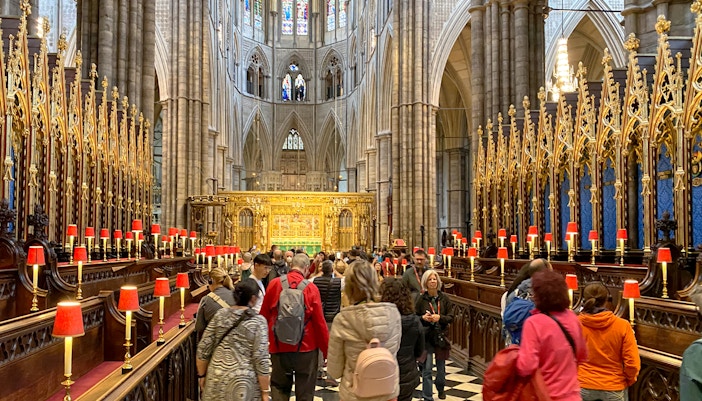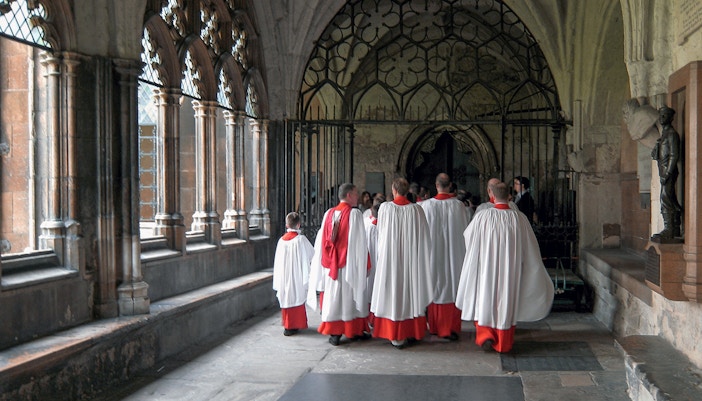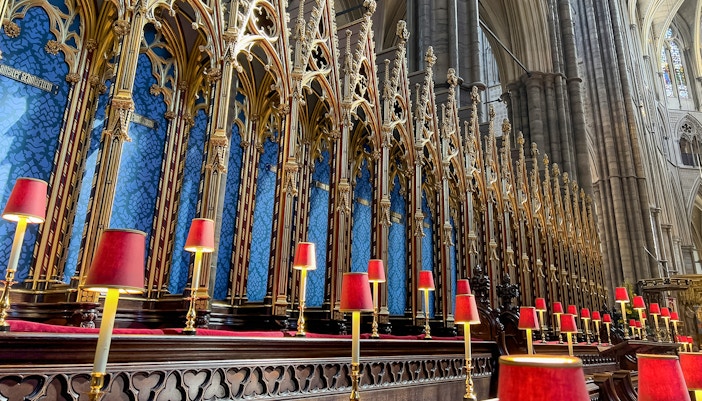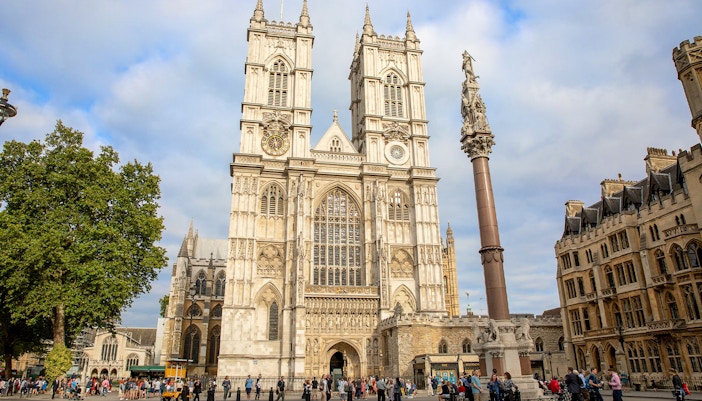- Bell ensemble: The Abbey has ten bells arranged for full-circle change ringing, creating intricate sequences rather than melodies, a method unique to English-style bell towers.
- Dedicated ringers: The Abbey ringers are experienced volunteers, often with years of practice, who uphold a centuries-old English bell-ringing tradition with ceremonial precision.
- Chiming style: Unlike ordinary clock chimes, these bells are rung by people pulling ropes in specific patterns, producing changing sequences instead of tunes.
- Public experience: Although the ringing chamber isn't viewable, the sound of the bells can be heard across the area during services and special events.
- Musical heritage: The Abbey’s bells contribute to a sound tradition stretching back to the 1500s, offering one of London’s most iconic ceremonial sounds.

